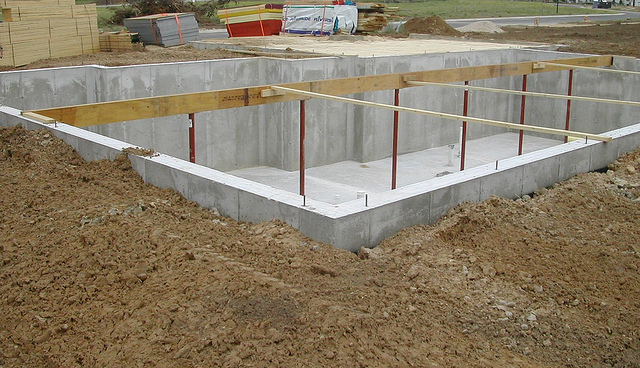As I discussed recently, a lot of organizations like to focus on core values when it comes to defining their culture. Most core value lists are frustratingly generic and, in my opinion, do a poor job in actually driving clear behavior or focus among employees. Asking everyone to agree that excellence is a good idea just doesn’t get you very far. Remember, the whole point of having a culture is to drive the success of the enterprise. Your culture (whcih does include your values) should be driving people to engage in specific behaviors that will make you more successful.
What many do not realize, however, is there are two different layers to how your culture drives success: the top layer, and the base.
The top layer of your culture should be focused on your strategy and business model. Culture uber-cool-kid Zappos, for example, has built a culture that is 100% focused on customer service. Their #1 core value is “Deliver WOW through service.” They didn’t choose that value because it sounded cool or because a high percentage of their employees personally liked it. They chose that value because it directly drives their success. They are an online retailer that decided to grow wildly by selling something that really shouldn’t sell well online: shoes. They knew–strategically–that providing over-the-top customer service was critical to succeeding in their specific environment (otherwise customers would just go to their local shoe store), therefore they created a culture where their customer service staff can be themselves authentically, and decision making is pushed down to the lowest levels–not because those are management trends, but because they contribute directly to being able to deliver WOW customer service. The top layer of your culture will always be customized to your unique situation, strategic environment, and business context.
But that top layer sits on top of a base. The base layer of your culture is less context-specific, and oriented more around what drives every organization’s success in the current business environment. As such, the base of your culture should change over time. What drove success in the 1950s and 1960s is not the same as what really works in today’s business world. We are now all competing in a fast-paced, digitally oriented business world–today we face challenges that are markedly different from what businesses faced in previous eras. There was a time when efficiency and planning ruled the day. There was a time where quality and incremental improvement set you apart from the competition. Today, however, you need a different set of capacities to be successful.
The core capacities for today’s base culture are digital, clear, fluid, and fast. You don’t have to be perfect in all four, but if you lack basic competency in these areas, then you will start to fall behind your competition. Period. That is why the culture analytics we use in our consulting provides data related to those areas. Of course we also gather and analyze data on your culture’s top layer as well–what specifically drives success in your unique strategic context. You must be working on both layers at the same time.
But don’t ignore the base. Your culture must adapt to today’s changing environment if you want to realize your full potential.

